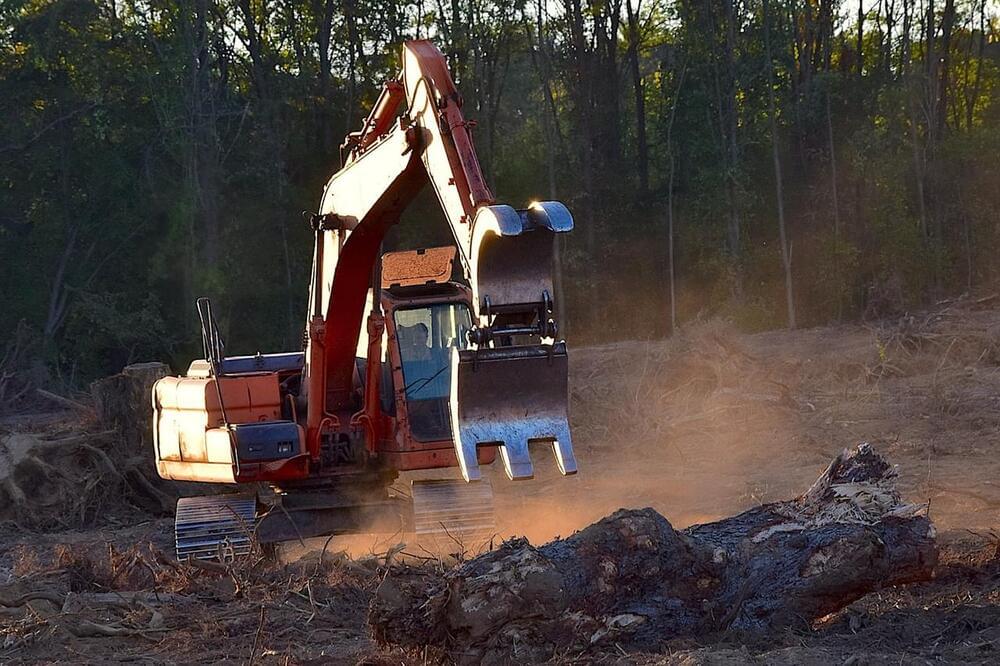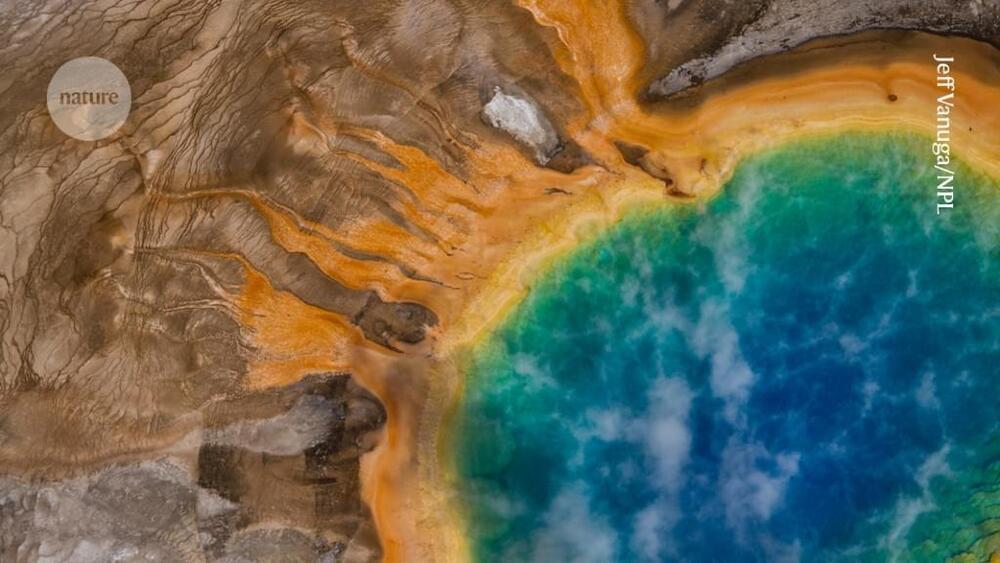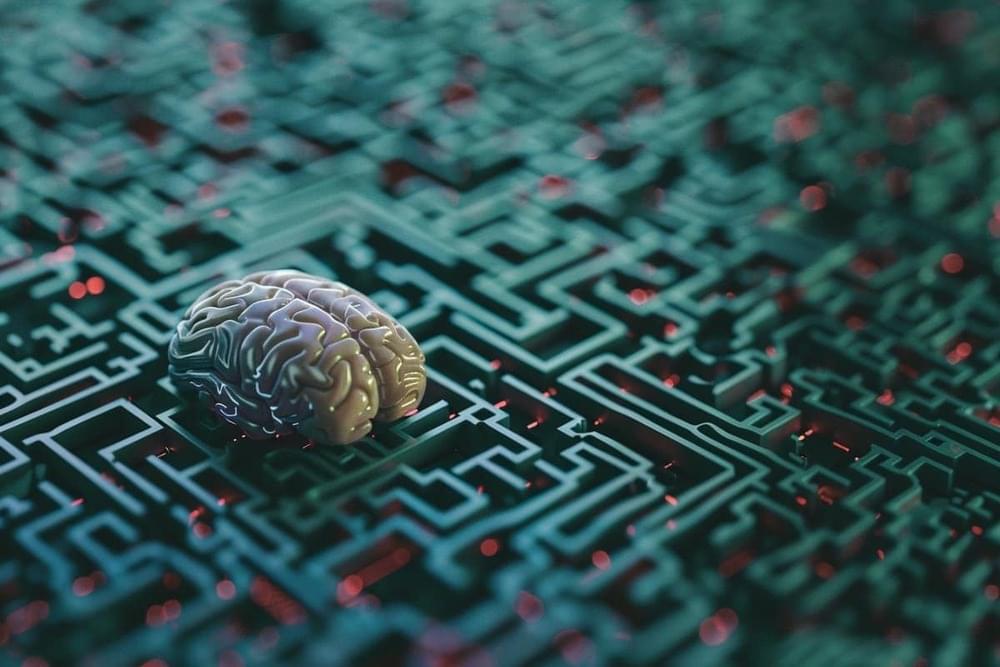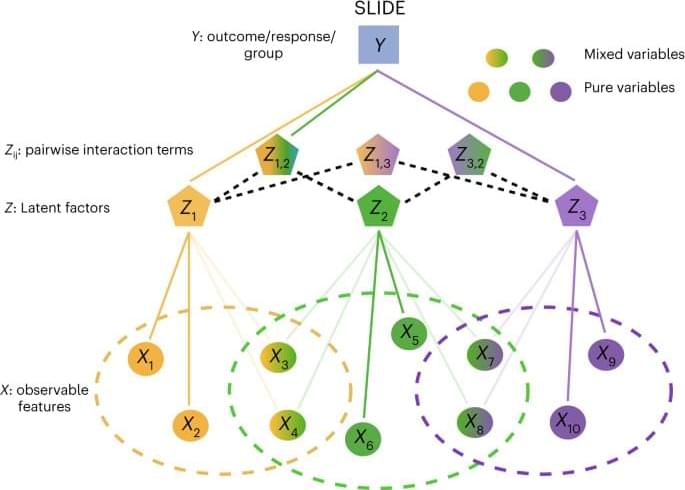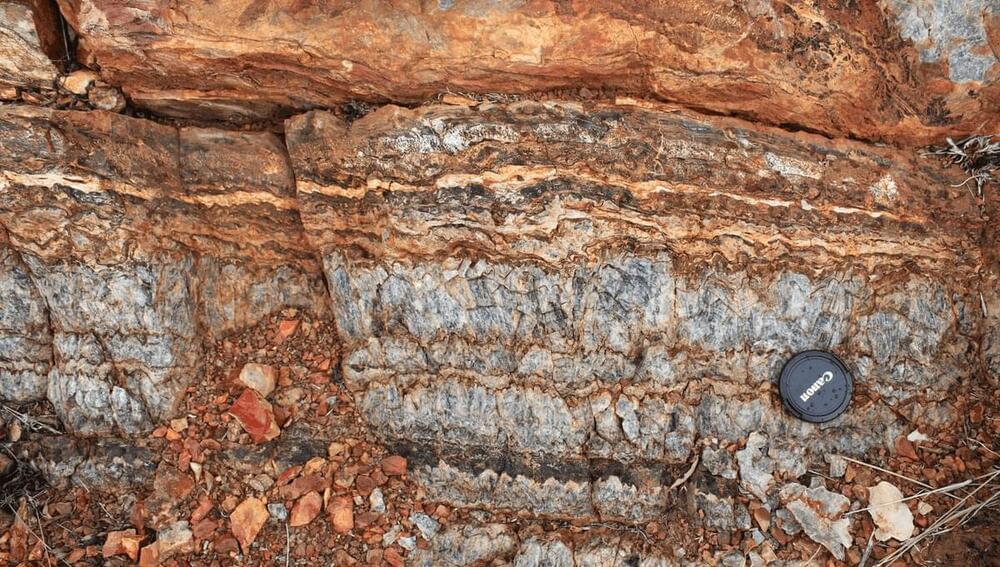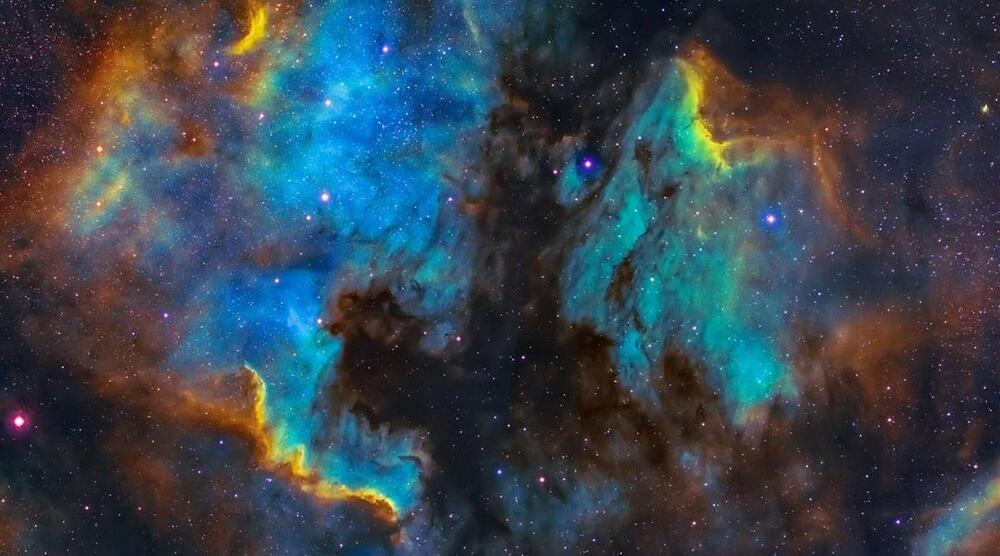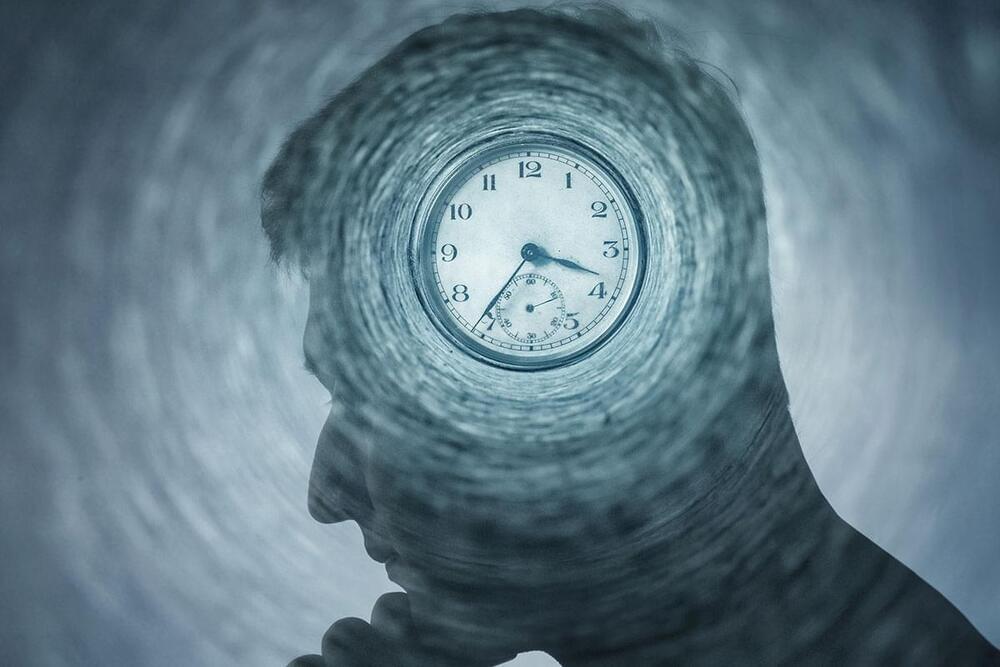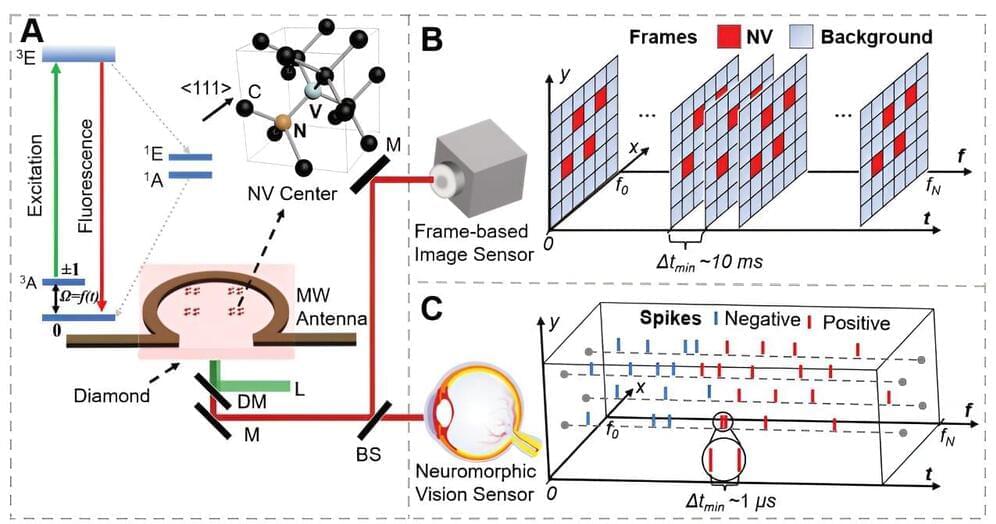Do the impacts of deforestation go beyond the environment? What about human health, specifically the health of children? This is what a recent study published in Economics & Human Biology hopes to address as Dr. Gabriel Fuentes Cordoba, who is an associate professor of economics from Sophia University in Japan, investigated how deforestation in Cambodia effects the health of children around the time of their birth. This study holds the potential to help scientists, conservationists, and the public better understand the health effects of deforestation, specifically with the increasing effects of climate change around the world.
For the study, Dr. Fuentes Cordoba analyzed data obtained from the Cambodian Demographic Health Surveys and forest loss to ascertain the health impacts for pregnant women and children under five years of age who reside in areas of deforestation. In the end, Dr. Fuentes Cordoba discover alarming results that suggest deforestation exposure to women less than one year before pregnancy could lead to development of anemia, which is a precursor to malaria. This could result in significant health impacts on children being born, specifically reductions in birth weight, along with overall height and weight as they age.
“This research shows a negative impact of deforestation on child health,” Dr. Fuentes Cordoba said in a statement. “This negative impact may persist into adulthood and affect other aspects of wellbeing such as education acquisition and even wages. My findings indicate that future research should explore this aspect further.”
